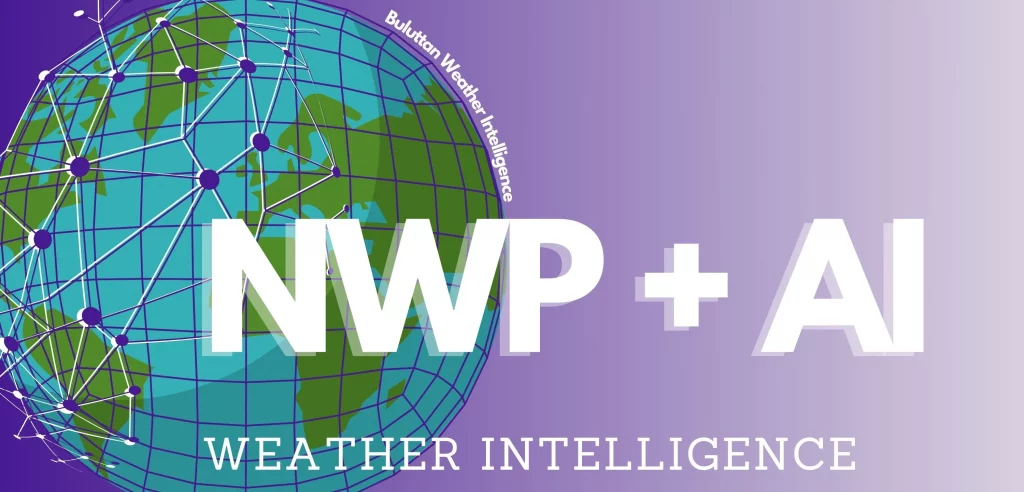What is Aviation Meteorology?
Aviation Meteorology, also known as Aeronautic Meteorology, is the branch of meteorology that observes and predicts meteorological events affecting flight operations. Weather conditions play a crucial role in aviation, impacting everything from flight safety to operational costs. Understanding and forecasting weather is vital for ensuring the safety and reliability of air travel for pilots, air traffic controllers, and aviation planners. It also plays a significant role in improving flight planning, reducing airline losses, and maintaining positive customer relations. For more information on this topic, you can refer to our article "Preventing Unexpected Issues in the Aviation Industry with Weather Intelligence."

Weather Events Affecting Aviation
Turbulence
Turbulence, caused by sudden changes in wind speed and direction, can be challenging for both pilots and passengers. Clear Air Turbulence (CAT) occurs at high altitudes and is invisible, requiring advanced methods for prediction. CAT often forms where temperature gradients and wind shear are most pronounced, such as jet streams and weather fronts. For detailed information on turbulence, you can check our article "How Does Turbulence Form and How to Take Precautions?"
Storms
Storms pose various dangers such as severe turbulence, lightning, hail, and wind shear. These storms are particularly hazardous during takeoff and landing phases. Storm cells can reach significant altitudes above 30,000 feet, causing significant disruptions. Good route planning is essential to avoid storms more easily than predicting turbulence.
Icing
Aircraft icing occurs when supercooled water droplets freeze upon contact with the aircraft surface. This increases friction while reducing lift, potentially leading to accidents. Icing conditions are most prevalent in clouds of both stratus and cumulus forms between -10°C to 0°C.
Low Visibility
Low visibility conditions like fog, heavy rain, or snow significantly impact flight operations. These conditions require advanced navigation systems for safe takeoff and landing. Fog is particularly common at coastal and valley airports.
Wind Shear
Wind shear refers to sudden changes in wind speed or direction over a short distance. Wind shear is especially dangerous during takeoff and landing, causing abrupt changes in speed and altitude.
Advancements in Aviation Weather Forecasting
Numerical Weather Prediction Models
Modern Numerical Weather Prediction models are indispensable tools for forecasting weather conditions. These models simulate atmospheric behavior using mathematical equations to provide detailed forecasts of wind, temperature, and precipitation. High-resolution numerical weather prediction models can predict critical local weather events for aviation, such as microbursts and wind shear.
Satellite and Radar Technology
Satellite and radar technologies provide real-time data for monitoring and forecasting weather conditions. Fixed-orbit satellites like the GOES series continuously monitor weather systems, while Doppler radar systems detect rainfall intensity and wind patterns in storm cells. These technologies enhance situational awareness for pilots and air traffic controllers, providing accurate and timely weather updates.
Artificial Intelligence and Machine Learning
Artificial intelligence and machine learning algorithms are increasingly integrated into weather prediction systems. These technologies can process large amounts of meteorological data, identifying patterns and anomalies that traditional methods may miss. AI-powered systems can provide aviation planners with probabilistic forecasts, presenting various potential weather scenarios and associated risks.

Buluttan Weather Intelligence: A Strategic Partner for Aviation
At Buluttan Weather Intelligence, we meticulously collect and analyze meteorological data from various sources to provide our customers with the most reliable and accurate weather forecast services. In addition to using numerical weather prediction models, we enhance these models with advanced artificial intelligence technologies to produce high-accuracy forecasts at a hyper-local scale. Our advanced AI algorithms analyze and predict regional weather conditions down to the finest detail. Just as in any industry, we aim to enhance operational safety and efficiency in the aviation sector by providing reliable weather forecasts at every stage, from flight planning to ground operations.
With Buluttan API, you can receive the meteorological parameters you need at regular intervals. You can also verify past extreme weather events for insured products that may have suffered damage in an accident.






